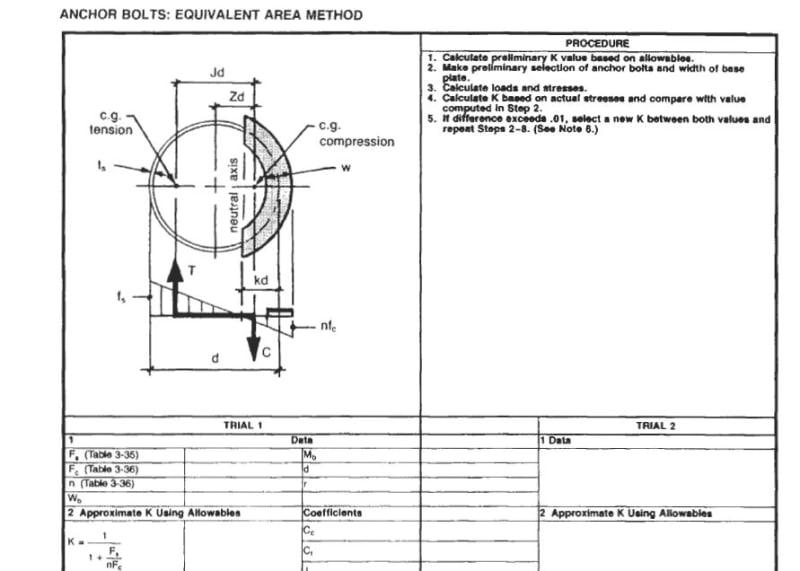An out-of-plane moment on a circular pattern bolt refers to a bending moment that is applied perpendicular to the plane of the bolt. This type of moment can cause the bolt to experience torsional or shear stress, which can affect its ability to withstand the load.
There are a few factors that can influence the out-of-plane moment on a circular pattern bolt:
Bolt size: Larger bolts generally have a higher resistance to out-of-plane moments than smaller bolts.
Bolt material: The material of the bolt can affect its resistance to out-of-plane moments. For example, a bolt made of a stronger material such as high-strength steel may be able to withstand higher out-of-plane moments than a bolt made of a weaker material.
Bolt orientation: The orientation of the bolt in relation to the applied moment can also influence its resistance to out-of-plane moments. For example, a bolt that is oriented perpendicular to the moment will experience less stress than a bolt that is oriented at an angle.
Load: The magnitude of the applied out-of-plane moment will also influence the bolt's resistance to this type of stress.
To ensure the stability of a circular pattern bolt under out-of-plane moments, it is important to consider these factors and select a bolt that is appropriate for the specific application.

